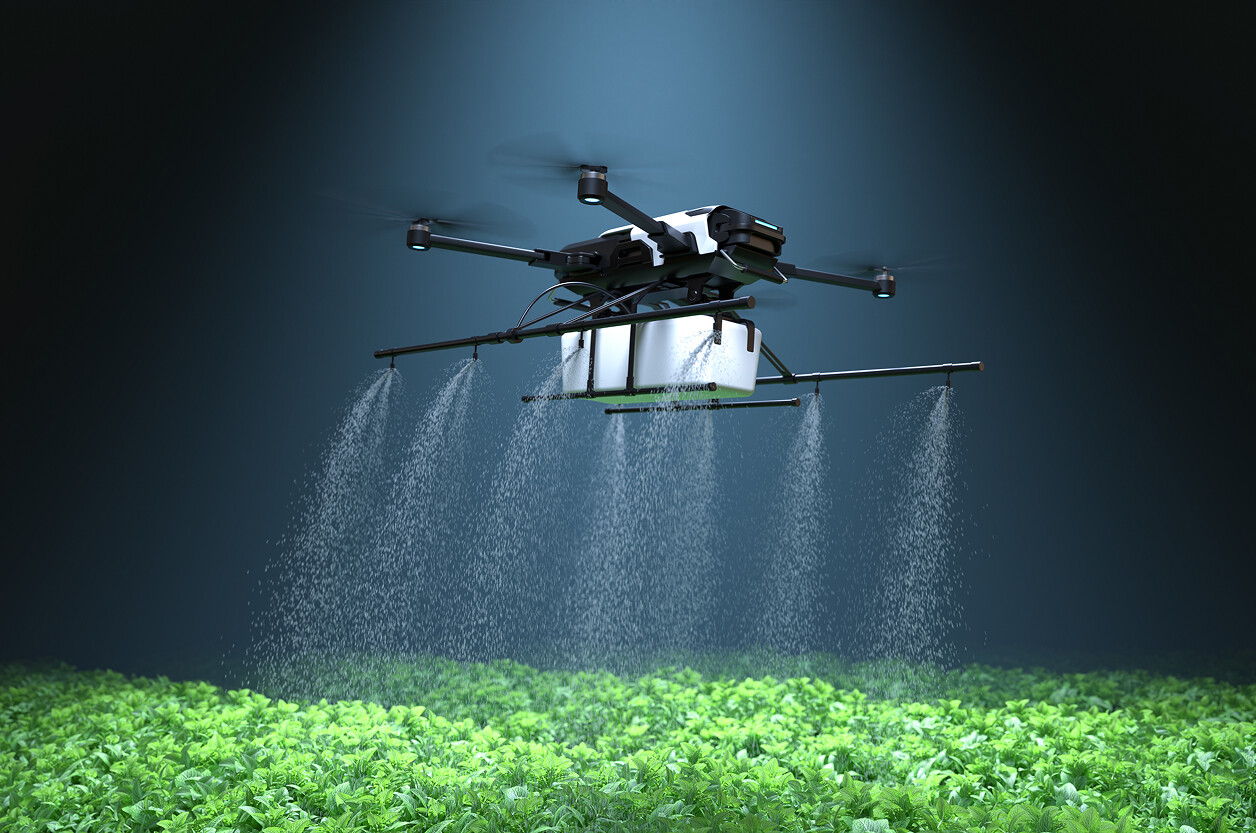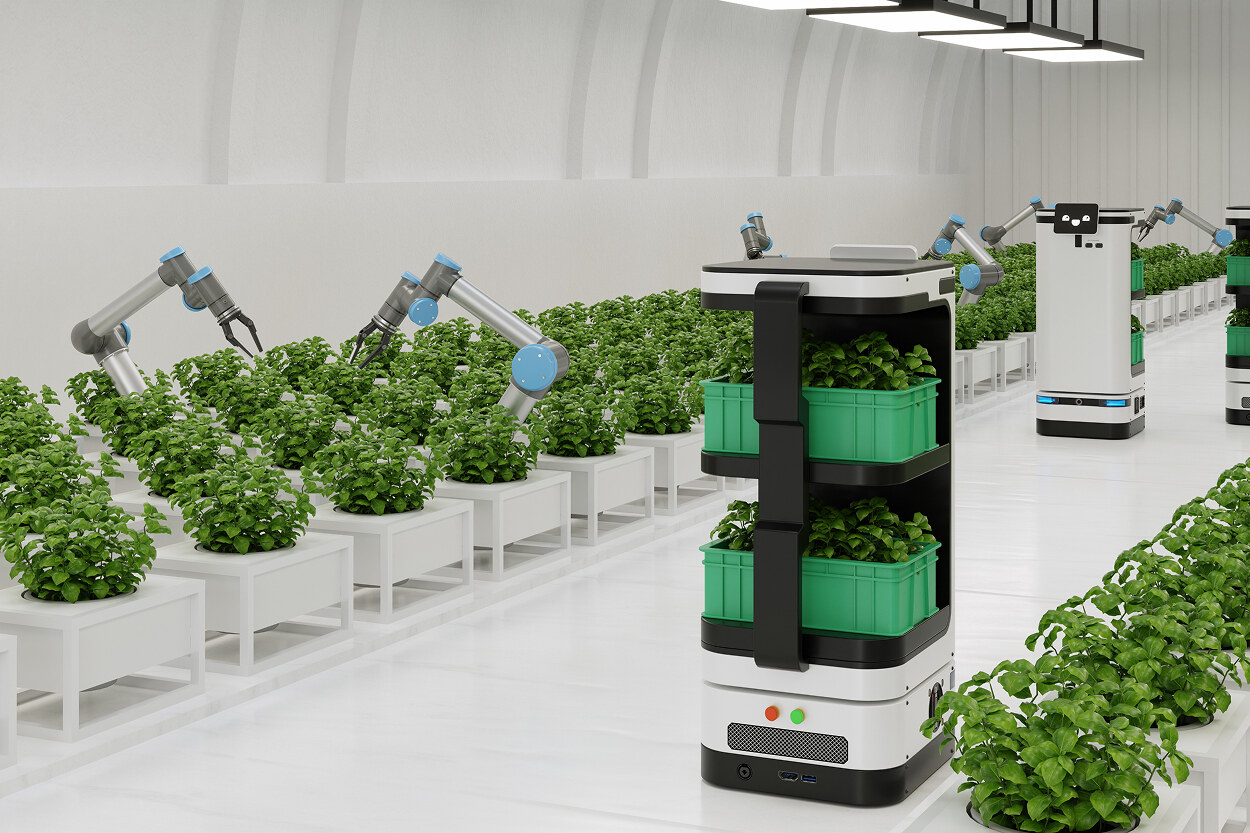Autonomous Agricultural Fleets: Embedded Design Challenges for Multi-Vehicle Coordination

Agriculture is no longer just about soil and seeds—it’s about systems, sensors, and software. By 2025, autonomous agricultural fleets are redefining how crops are planted, irrigated, harvested, and transported. Instead of relying on a single tractor or combine, farmers are beginning to orchestrate entire fleets of autonomous machines—tractors, harvesters, drones, and robotic implements—that must work together seamlessly in vast, complex environments.
Behind this transformation lies the growing sophistication of embedded design. From real-time coordination algorithms to ruggedized electronics that withstand dust, heat, and vibration, embedded systems form the backbone of multi-vehicle agricultural automation. But designing such systems is no small feat.
Why fleets, not just machines, are the future of agriculture
Single autonomous tractors are already a reality. Companies like John Deere, AGCO, and Kubota have introduced models capable of operating without human drivers. But agriculture is rarely a single-task domain. Planting requires seeders, spraying needs UAVs, harvesting combines work in parallel with transport vehicles.
Coordinating multiple machines allows:
- Scalability: Multiple smaller robots can cover more ground than a single large tractor.
- Efficiency: Continuous workflows—harvesters feeding into driverless trucks—reduce downtime.
- Flexibility: Fleets adapt to crop type, weather conditions, and field size.
- Resilience: If one vehicle fails, others can compensate, preventing costly delays.
The vision is clear: farms operating as distributed robotic systems. The challenge is making the machines talk, listen, and act in real time.
Core embedded challenges in multi-vehicle coordination
1. Real-time communication in the field
Rural areas often lack reliable connectivity. Cellular coverage is spotty, and latency in cloud-based solutions is unacceptable for real-time maneuvers. Embedded engineers must integrate V2X protocols, private 5G, and mesh networking to ensure tractors, drones, and harvesters communicate directly without delays.
2. Sensor fusion at fleet scale
A single machine may rely on LiDAR, cameras, radar, and GNSS. Multiply this across 10 or 20 vehicles, and the system generates terabytes of data per day. Embedded platforms must process inputs locally at the edge, filter critical information, and share only what’s necessary with the fleet.
Example: A leading agri-robotics pilot in Brazil used multi-sensor tractors that only exchanged compressed location and obstacle maps, cutting bandwidth needs by 80%.
3. Distributed decision-making
Unlike a factory floor, fields are dynamic. Weather shifts, soil conditions change, and unexpected obstacles—rocks, animals, uneven terrain—appear. Fleets need distributed autonomy, where each machine makes local decisions but also aligns with the group’s mission.
This requires consensus algorithms and safety protocols embedded directly into control systems, ensuring vehicles don’t collide or duplicate tasks.
4. Power management
Autonomous fleets rely on batteries or hybrid systems. Coordinating tasks also means coordinating charging schedules, fuel optimization, and energy-aware task allocation. For embedded designers, this means real-time monitoring of each unit’s state-of-charge and predictive scheduling.
5. Ruggedization and reliability
Agricultural environments are hostile: dust, mud, vibration, and temperature extremes. Embedded boards and connectors must operate continuously under conditions that would cripple consumer electronics. Designing IP67-rated enclosures, vibration-damped mounts, and EMI-resistant electronics is standard.
Use cases for coordinated agricultural fleets
- Planting: Multiple lightweight autonomous seeders cover large fields faster than a single heavy tractor, reducing soil compaction.
- Spraying and weeding: Drones coordinate with ground robots, targeting weeds with precision to minimize chemical use.
- Harvesting: Combines and autonomous carts work in sync—when one harvester’s tank fills, a cart arrives automatically for offloading.
- Logistics: Driverless trucks coordinate with harvesters, ensuring grain is transported without bottlenecks.
In each case, the fleet, not the individual machine, is the productive unit.
Real-world progress in 2025
- John Deere’s See & Spray™ platform integrates AI vision with multi-machine coordination to reduce herbicide use.
- Kubota’s X Tractor concept showcases swarms of smaller robots that can be deployed in flexible fleets.
- European pilots in precision viticulture use drone–tractor collaboration for monitoring and intervention.
- Chinese smart farms are experimenting with 30+ vehicle fleets coordinated via private 5G for rice harvesting.
These examples highlight the global push toward fleet-based automation, where embedded design determines feasibility and performance.

Business and operational challenges
Technology is not the only hurdle.
- Interoperability: Farmers may operate machines from different manufacturers. Without common protocols (ISO 11783, ISOBUS extensions, or new V2X standards for agriculture), coordination breaks down.
- Cost: Equipping fleets with advanced embedded systems increases upfront investment.
- Skills gap: Farmers need training or service partnerships to manage and maintain robotic fleets.
- Cybersecurity: Connected machines are vulnerable to spoofing or interference, which could cause operational or financial damage.
The road ahead
By 2025, the shift toward autonomous agricultural fleets is accelerating, but full deployment remains uneven. The path forward will likely include:
- Short term: Limited fleets (2–5 vehicles) with semi-autonomous coordination in large commercial farms.
- Mid term: Standardized protocols and AI-driven fleet orchestration for regional farming cooperatives.
- Long term: Fully autonomous, multi-vehicle ecosystems operating with minimal human supervision, integrated into smart agriculture platforms that combine drones, robotics, and IoT sensors.
The embedded design challenge is ensuring that these systems are not only intelligent but also robust, affordable, and interoperable.
AI Overview: Autonomous Agricultural Fleets
Autonomous Agricultural Fleets — Overview (2025)
Autonomous agricultural fleets represent the next frontier in smart farming, where multiple vehicles coordinate planting, harvesting, and logistics. Embedded systems are central, enabling real-time communication, fleet-scale sensor fusion, and distributed autonomy.
Key Applications:
Fleet-based planting, precision spraying, cooperative harvesting, logistics coordination.
Benefits:
Higher efficiency, reduced chemical and fuel use, resilience through distributed assets, scalable precision farming.
Challenges:
Rural connectivity gaps, interoperability across vendors, ruggedization for harsh environments, cost of adoption.
Outlook:
- Short term: semi-autonomous fleets in large farms.
- Mid term: AI-driven coordination with standardized protocols.
- Long term: fully autonomous agricultural ecosystems where fleets operate as self-managing robotic systems.
Related Terms: precision agriculture, fleet autonomy, ISO 11783, agricultural robotics, V2X in farming, embedded AI.
Our Case Studies in AgriTech


